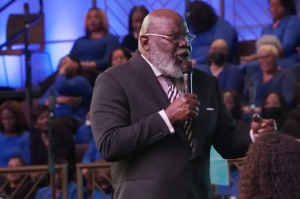What is Quark Fusion? Theoretical Reaction Could Produce Almost 10 Times More Energy Than Nuclear Fusion
As researchers are still trying to harness the immense potential of nuclear fusion to beneficial use, a new study has discovered what could be an even more powerful reaction. This time, scientists at Tel Aviv University and the University of Chicago are investigating how quark fusion can potentially release energy that's ten times even more powerful.
"I must admit that when I first realized that such a reaction was possible, I was scared," co-researcher Marek Karliner of Tel Aviv University in Israel admitted to Live Science. Given the destructive force of the Hydrogen bomb, it's already hard to imagine the damage that a reaction ten times as powerful can do.
"If I thought for a microsecond that this had any military applications, I would not have published it," Karliner said. The results of their research were earlier published on Wednesday, Nov. 1, on the science journal Nature.
While regular nuclear fusion usually involves the melding of the nuclei of Hydrogen atoms, this new discovery showed that even more elemental particles can also be fused together to release energy. In this case, the researchers looked at Quarks, the even tinier particles that make up neutrons and protons in atoms.
In their first published paper, the team discovered a novel reaction in one of the experiments done in the Large Hadron Collider at CERN. Earlier this June, scientists found data showing that two charm quarks, a particularly heavy variant of the particle, can fuse together to release some of their mass into energy.
An even more powerful reaction involving "bottom" quarks were later discovered. "But, luckily, it is a one-trick pony," Karliner noted. These particles disappear after just a picosecond, making any sort of chain reaction nearly impossible.
In any case, all these reactions are currently considered as theoretical, until the team can come up with confirmable results from the new experiments lined up at CERN over the next couple of years.




























